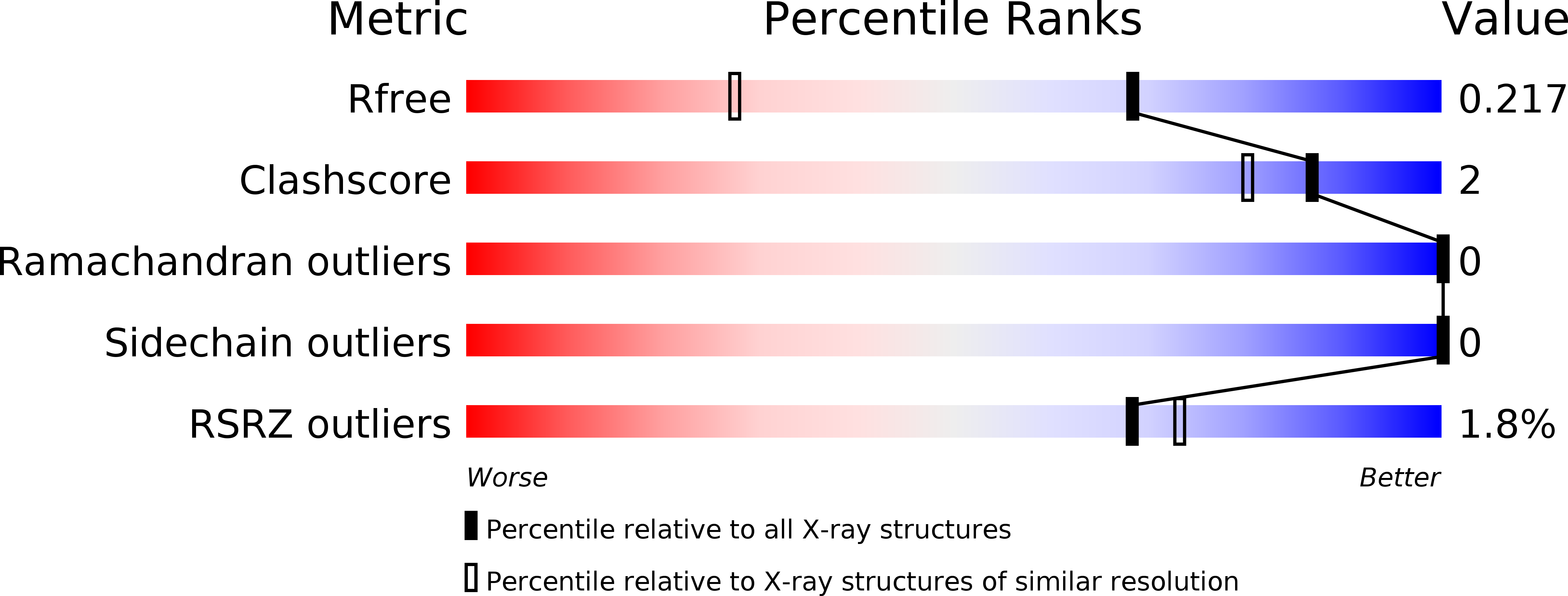
Deposition Date
2004-07-13
Release Date
2005-01-13
Last Version Date
2023-10-25
Entry Detail
PDB ID:
1U06
Keywords:
Title:
crystal structure of chicken alpha-spectrin SH3 domain
Biological Source:
Source Organism:
Gallus gallus (Taxon ID: 9031)
Host Organism:
Method Details:
Experimental Method:
Resolution:
1.49 Å
R-Value Free:
0.18
R-Value Work:
0.17
R-Value Observed:
0.17
Space Group:
P 21 21 21


